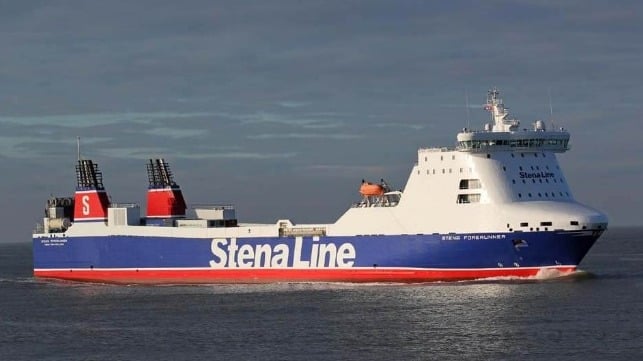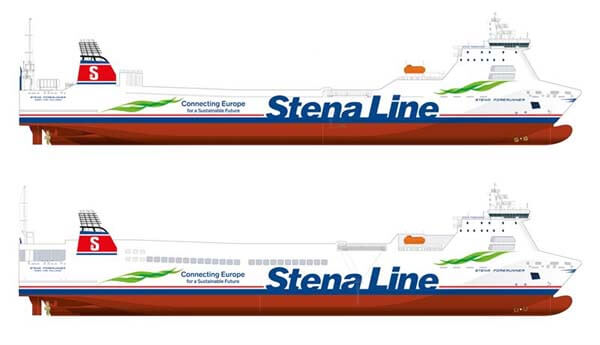Stena Invests in Reconstruction of 20-Year-Old RoRos to Improve CII Ratings

Stena Line, one of Europe’s largest ferry companies, announced plans for an ambitious reconstruction of two of its cargo RoRos to improve efficiency and meet future regulatory requirements. The program is remarkable considering the ships have just marked more than 20 years in service and illustrates the challenges facing ship owners.
The International Maritime Organization placed into effect as of 2024 its CII (Carbon Intensity Indicator) an operational efficiency measure applicable to vessels over 5,000 GT. CII becomes increasingly more stringent each year to 2026 to drive further improvements. While the industry is advocating for reforms to the process, starting this year they will calculate the rating based on the prior year’s operations. In a simplified explanation, CII is based on the total annual CO2 emissions divided by the vessel’s capacity and multiplied by the total distance traveled in the year.
Stena RoRo signed a conversion contract with China Merchants Jinling (Weihai) Shipyard for the reconstruction of the Stena Forerunner and Stena Foreteller. The sister ships are 12,300 dwt each and registered in the Netherlands. Built in 2001 and 2003, each currently has 3,000 lane meters for cargo as well as space for 12 passengers. Stena Foreteller has operated between Belfast and Liverpool while Stena Forerunner is operating between Rotterdam and Harwich.
No price was reported for the contract which calls for the installation of an additional cargo deck, increased thruster capacity, and preparations for shore power. The cargo capacity will increase by 30 percent with the conversions to be completed during 2025.

Rendering showing the added deck (bottom) as part of the extensive reconstruction to improve the CII rating (Stena Line)
“The conversion of the Stena Forerunner and Stena Foreteller fits with our ambition to reduce our CO2 emissions,” said Niclas Mårtensson, CEO at Stena Line. “At Stena Line, we feel the need to ensure both a sustainable business and a more sustainable environment.”

that matters most
Get the latest maritime news delivered to your inbox daily.
The line notes that this is the second phase of enhancements to the vessels. Last year, in 2023, they changed the propellers, applied silicone paint, and added inceptors.
Stena confirms that the additional cargo deck will further decrease the carbon intensity index factor and further reduce CO2 emissions per cargo unit. After the conversion, the company says the vessels will be deployed in the Stena Line route network.
